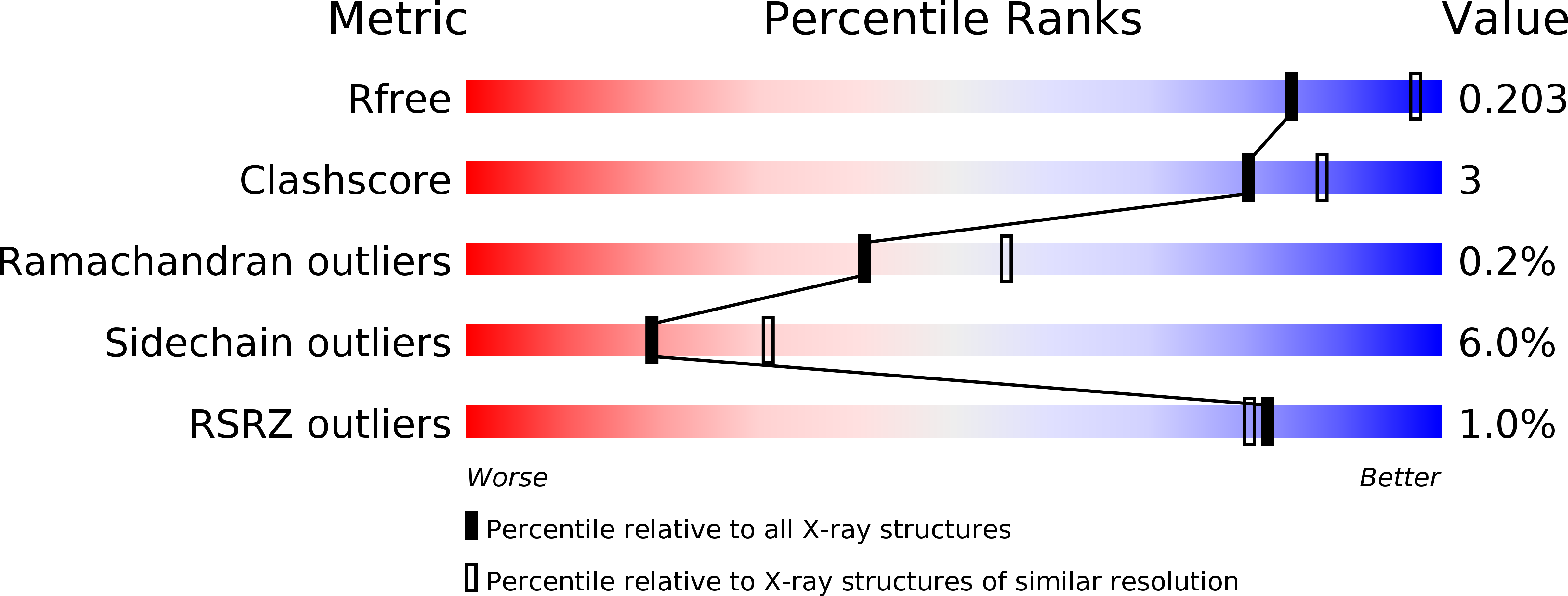
Deposition Date
2011-07-18
Release Date
2012-02-15
Last Version Date
2025-03-26
Entry Detail
PDB ID:
3SYM
Keywords:
Title:
Glycogen Phosphorylase b in complex with 3 -C-(hydroxymethyl)-beta-D-glucopyranonucleoside of 5-fluorouracil
Biological Source:
Source Organism:
Oryctolagus cuniculus (Taxon ID: 9986)
Method Details:
Experimental Method:
Resolution:
2.40 Å
R-Value Free:
0.20
R-Value Work:
0.16
R-Value Observed:
0.16
Space Group:
P 43 21 2


